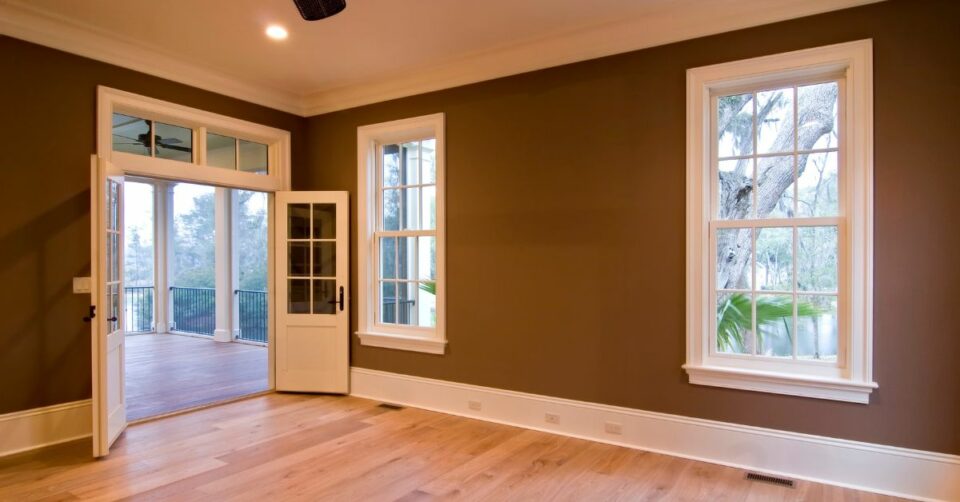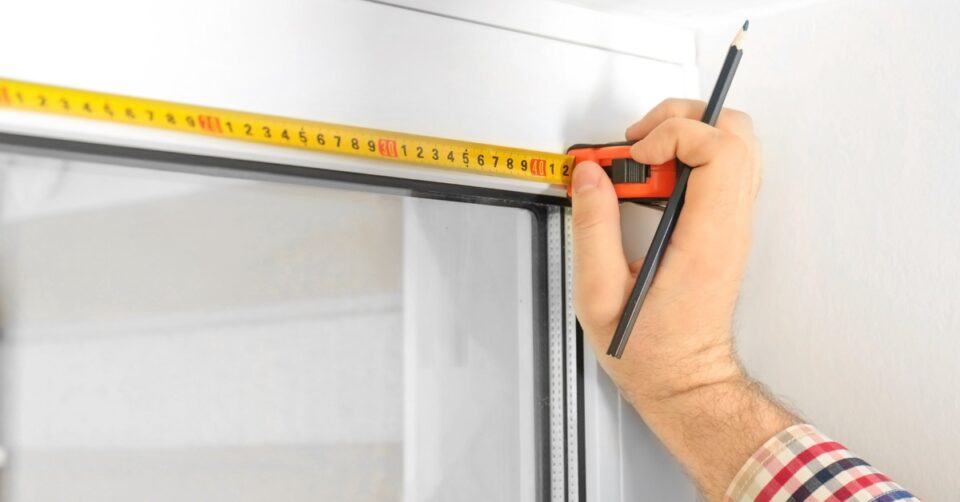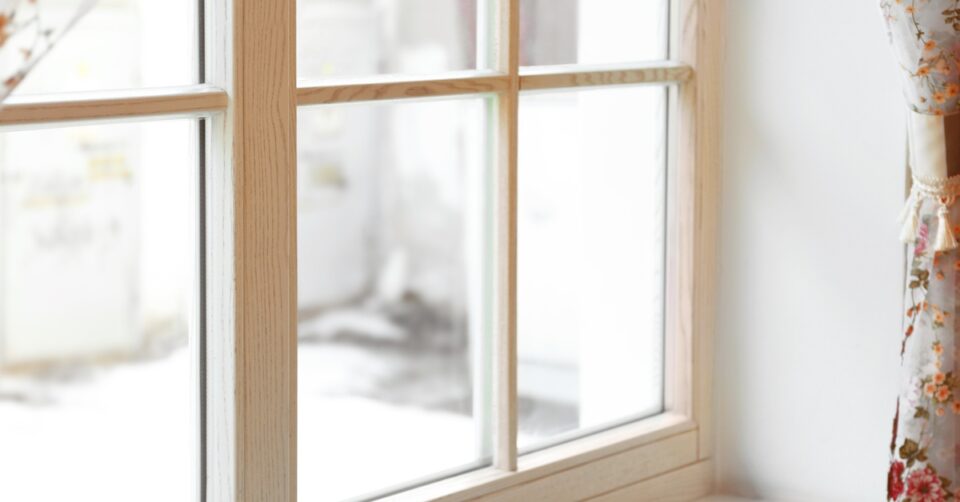Top 5 Questions Homeowners Ask About Vinyl Windows
November 20, 2017Do I Want Fiberglass or Vinyl Windows?
December 4, 2017Fall has arrived and the weather is changing. With the cooler temps also comes rain and snow. You want your windows to be water tight, mostly to keep water out of your walls. If moisture builds up, it can cause rot, mold, or a dangerous pest problem. And with the cold winter months approaching, moisture will be an even bigger problem. It is likely that at some point in a window’s lifespan, it will start to leak. It could be from age or wear and tear, but the most common cause is an error during the installation process—especially DIY installations. Here are nine errors that often cause window leaks:
Complex Window Layout
If you employ the right professionals, complex windows would not be an issue. But less experienced companies or DIY installations often don’t know the right procedures for tall, arched, or bay and bow windows. To prevent water leaks, these complex designs must be installed with all the right flashings and sealants. It is precise work that is best left to window professionals.
No Overhangs
Often homeowners think the purpose of overhangs is to create shade and hold gutters and downspouts to drain water off the roof. But the truth is, overhangs also keep any wind-driven rainwater from pushing through the windows into the walls. If ever you have the chance to design a home from the ground up, or make an addition to your home, it would be wise to include overhangs above your windows.
Angled Fascia
Fascia is the horizontal board above your window. If this piece is angled inward, you can guess what happens. Rainwater is directed right towards the window instead of away from it.
Poor Flashing Installation or No Flashing at All
The flashing is a material installed around the window to prevent water from seeping through the cracks. Without it, water will get behind any type of siding and leak into the windows and walls.
Mis-use of Materials
House wrap does not count as flashing. The specially made material used in flashing is stronger and offer superior water protection. It goes behind the siding and along the window seams. Some installers do not use corrosion-resistant nails.
Missing Sealant
You need to use caulking to seal the flashing tape and your windows. Behind the flange, you want a continuous bead of sealant. The caulking should also protect any unfilled nail holes.
Not Shingle Style Installation
The basic principles of shingle style installation is the secret to moisture management. It means the top layers overlap the bottom layers. That way, gravity pulls water down and away. When bottom layers overlap the top, you invite the water to seep in.
Lack of a Paint Seal
Few people know this, but when painting exterior molding around the windows, the paint should slightly overlap onto the glass. It creates a continuous membrane that helps seal and protect against moisture. Professional painters and installers know and understand this strategy.
Check your home windows twice a year for damaged or peeling caulk. If you notice anything amiss, remove the caulking, clean the frames, and reseal your windows and doors. And never ignore leaky windows. If you notice water penetration, contact a Highland Park, IL window repair professional like Scientific Home Services. We provide free, no-pressure quotes and a higher level of product knowledge. Call us today at (847) 752-0370 or come by 7240 Saint Louis Ave., Skokie, IL 60076.



